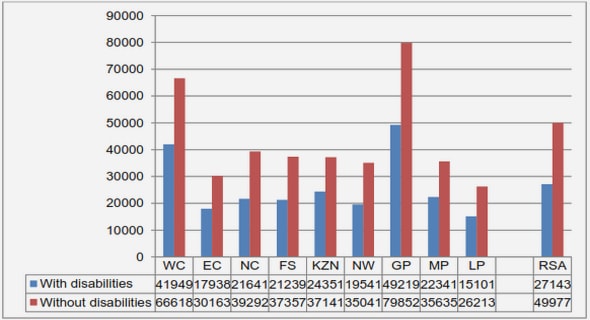(Downloads - 0)
For more info about our services contact : help@bestpfe.com
Table of contents
1 Neutrino physics
1.1 Introduction
1.2 Neutrinos in the standard model
1.2.1 Masses in the Standard Model and Brout Englert Higgs Mechanism
1.3 Neutrinos beyond the standard model
1.3.1 Dirac mass
1.3.2 Majorana mass
1.3.3 The seesaw mechanism
1.4 Neutrino mixing and oscillation
1.4.1 Neutrino mixing
1.4.2 Neutrino oscillations
1.4.2.1 Two avor oscillations
2 Experimental status
2.1 Neutrino oscillation parameters
2.1.1 Solar neutrino sector
2.1.2 Atmospheric neutrino sector
2.1.3 13 sector: Reactor and accelerator neutrinos
2.2 Absolute neutrino masses
2.3 Anomalies
2.3.1 The reactor antineutrino anomaly (RAA)
2.3.2 The gallium anomaly
2.4 Light sterile neutrino searches
3 The STEREO experiment
3.1 Introduction
3.2 Experimental concept
3.3 Detection principle
3.4 Nuclear reactors as neutrino sources
3.5 ILL antineutrino source and spectra
3.6 ILL experimental site
3.6.1 Background in the PN3 casemate
3.6.1.1 Neutron background
3.6.1.2 Gamma background
3.6.1.3 Cosmic ray-induced background
3.7 The STEREO scintillating liquids
3.7.1 Interaction of particles in the liquid scintillator
3.7.2 Scintillation mechanism and non-linearity
3.7.3 Pulse shape discrimination
3.8 The STEREO inner detector
3.8.1 Target and Gamma Catcher
3.8.2 Light collection
3.8.3 PMTs
3.9 Electronics and acquisition
3.10 Reconstruction software
3.10.1 Pre-processing software
3.10.2 Reconstruction of the position of interaction
3.10.3 Vertex reconstruction in GC
3.11 The detector simulation
3.12 The calibration system
3.12.1 LED monitoring system
3.12.2 The radioactive source calibration system
3.13 Internal shielding
3.14 Muon veto
3.15 STEREO’s sensitivity to light sterile neutrinos
4 Calibration of the STEREO experiment
4.1 Introduction
4.2 Light leaks calibration
4.3 Energy scale calibration
4.3.1 Overview of the calibration procedure
4.3.2 Position of the source
4.3.2.1 Internal source
4.3.2.2 External source
4.3.3 Cell non-uniformity
4.3.4 Collimation device
4.3.5 Gammas from n captures
4.3.5.1 n-H
4.3.6 High energy calibration
4.3.6.1 n-Fe
4.3.7 Energy non-linearity and choice of calibration sources
4.3.8 Energy scale determination systematic uncertainties
4.3.9 Reactor ON calibration and monitoring
4.4 Gamma catcher calibration
4.5 Visible energy reconstruction
4.6 Neutron capture eciency
4.6.1 AmBe neutron source
4.6.1.1 Neutron capture eciency denition with AmBe
4.6.2 Geometrical neutron eciency dependence in one cell
4.6.3 Neutron eciency inter-calibration: central vs border cell
4.6.4 Systematic uncertainties in the neutron capture eciency determination
4.7 Fast neutron characterization sample and PSD calibration
4.8 Calibration system concept
4.9 Calibration using cosmic-ray induced radioisotopes
4.10 Conclusions
5 Characterization of the signal and the background
5.1 Introduction
5.2 Cosmic ray induced background
5.3 Selection criteria
5.4 Prompt topologies
5.5 Delayed topologies
5.6 Gamma background discrimination
5.7 Improved resolution samples
5.8 Conclusion
6 General conclusions and perspectives
References
Appendices




